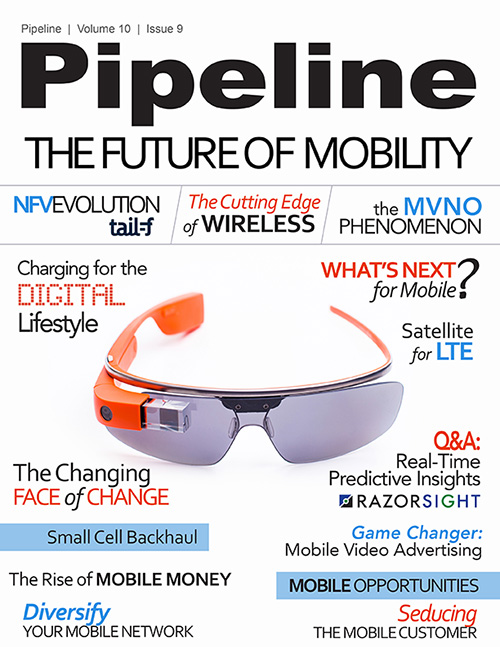The Cutting Edge of Wireless
5G
The fifth generation of cellular communications technology, 5G, will be realized with a combination of several next-generation wireless technologies.
In the realm of spectrum, the implementation of the Licensed Shared Access (LSA) and Authorised Shared Access (ASA) concepts will become crucial. LSA and ASA enable international spectrum to be used by more than one operator.
In terms of sheer speed and capacity, LTE-Advanced must become ubiquitous. So far, only networks in South Korea (SK Telecom and LG U+) and Russia (Yota) have live LTE-A networks. In the Philippines, Smart Communications is testing the high-speed tech, Telefonica and Vodafone are trialing LTE-A in Germay, and EE is testing LTE-A in London.
Inherent to the commercialization of LTE-A is a spectral efficiency technology called carrier aggregation, which enables devices to leverage multiple carrier spectra, thus increasing bandwidth and bitrate. Qualcomm has lead the charge in carrier aggregation technology, and Huawei recently helped Australian operator Optus implement carrier aggregation in its TDD LTE network. The result is pretty amazing: 160 mbps data rates in a live environment. In another example, Sprint Spark leverages carrier aggregation for higher data rates which Sprint says can scale up to 2 Gbps.
In terms of network topology, 5G will be typified by programmable heterogeneous mesh networking. The programmable nature will derive from the NFV standard and SDN, and the heterogeneous mesh refers to the seamless combination of multiple access technologies (LTE, HSPA+, Wi-Fi) and multiple node types (small cell, macro cell).
How far off is 5G? The reality is that there is a lot of work to be done, and it’s unlikely that any true 5G service will be available before 2020. The time to prepare, though, is now. Network engineers should take care to select products and suites that offer a path to 5G by accommodating carrier aggregation, LTE-A, NFV/SDN, and heterogeneous networking.
Leveraging the cutting edge
Communications service providers stand to benefit from the cutting edge of wireless technology, but only if they are prepared to change the way they operate. From a strategic standpoint, service providers must define and monetize the value they can add to the next wave of mobile: wireless sensor networking and wearable technology. AT&T’s Digital Life home security and automation suite, Telefónica’s Latch cyber-security portfolio, Sprint’s Velocity connected car platform, Orange’s NFC Service Center, and Verizon’s Telehealth business offer good examples of this strategy.
In terms of the network itself, 5G will not happen overnight, but the path must be built today. Capital expenses, such as a small cell deployment, must be judged not only on their specs and cost, but on their ability to bring about the future. Platforms that offer interoperability will eventually dominate the landscape, so the sooner mobile network operators (MNOs) can move in that direction the better. Lastly, in many ways, service providers deliver a product that, at times, seems magical. As such, they should not allow themselves to be shut out of any discussion regarding cutting edge wireless technology and, instead, should market themselves as the stewards of the future.



















